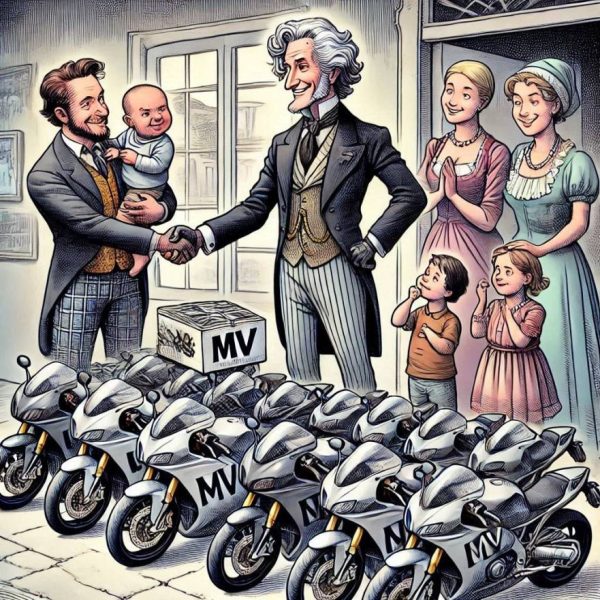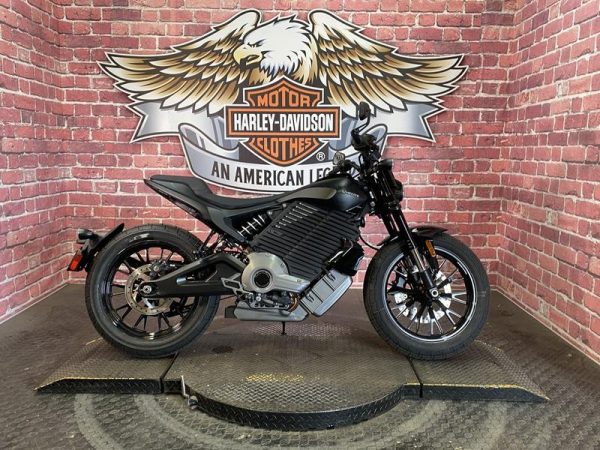Bajaj to Acquire KTM
Current owner Stefan Pierer will completely exit KTM’s leadership in June Bajaj Auto is now acquiring Pierer Industries’ entire stake in the parent company of KTM, Husqvarna, and Gas Gas, in a breakthrough blockbuster deal estimated to be worth €800 million (US$901.8 million). This is expected to get completed by May 2026 with due regulatory […]
Bajaj to Acquire KTM Read More »








